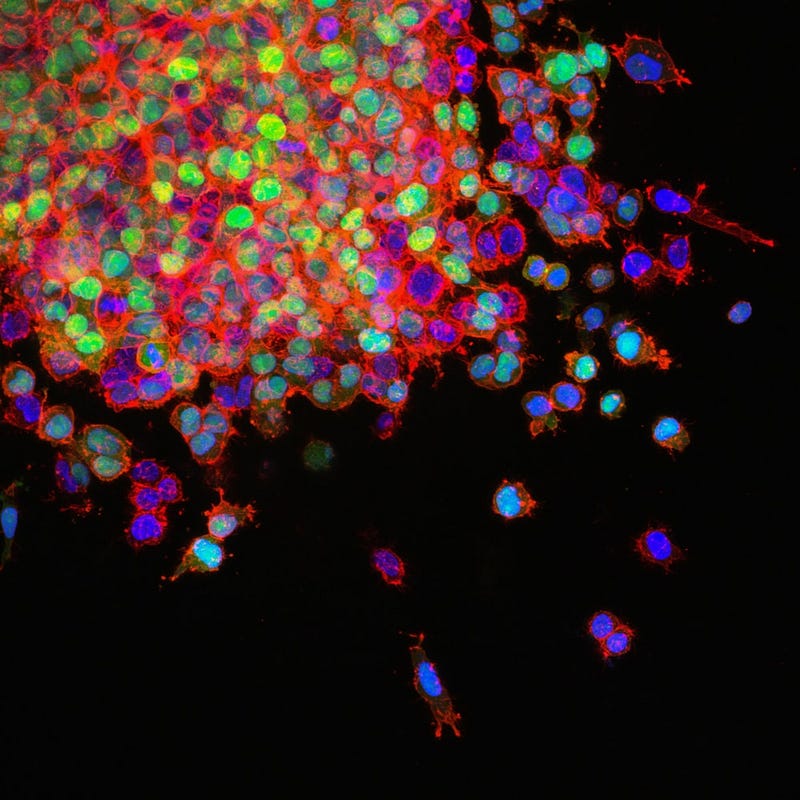Trapping Tumor Cells with Innovative Nanofibers
Written on
Chapter 1: Understanding Cancer Cell Behavior
Cancer arises when cells lose their ability to regulate growth and begin to proliferate uncontrollably. This unchecked division leads to the formation of tumors, making cancer a significant global health challenge, now ranking as the second leading cause of death worldwide.
However, advancements in cancer treatment and diagnostics are reshaping this narrative, demonstrating that a cancer diagnosis is not necessarily a death sentence. A multidisciplinary approach—utilizing insights from genetics, ecology, machine learning, and even physics—is crucial in our ongoing battle against cancer.
Section 1.1: The Role of Physics in Cancer Spread
Cancer cells not only divide recklessly but also alter the physical characteristics of their surroundings, creating what is known as the tumor microenvironment (TME). This manipulation allows them to thrive, making it easier for them to grow, spread, and evade treatment.
Several key physical changes occur in and around a tumor, which enhance its growth and metastasis: solid stresses, interstitial fluid pressure, stiffness, and matrix architecture. By modifying these factors, tumors can secure essential nutrients, evade immune responses, and establish pathways for further invasion.
Subsection 1.1.1: The Importance of the Extracellular Matrix

The extracellular matrix (ECM) serves as a critical support system for our cells, preventing them from merely floating in a disorganized mass. Composed of various molecules, such as collagen and glycoproteins, the ECM not only supports cellular structure but also influences aging.
Recent studies suggest that by manipulating the composition and density of this matrix, we may be able to trap migrating tumor cells effectively.
Section 1.2: Innovations in Nanofiber Technology
A groundbreaking research project investigated the interaction between human glioblastoma astrocytoma (brain and spine tumor) cells and electrospun nanofibers designed to mimic the collagen fibers found in the ECM.
By controlling the orientation and density of these lab-produced fibers, researchers observed that tumor cells migrate at significantly slower rates when exposed to denser nanofiber sheets. This increased density encourages the formation of focal adhesions, effectively keeping the cells from moving.
Moreover, by varying fiber density in specific areas, researchers could direct (in low-density regions) and trap (in high-density regions) tumor cells.
Chapter 2: Future Directions in Cancer Research
The first video titled "Nano-discs destroy cancer cells - YouTube" provides insights into how nanotechnology can target and eliminate cancer cells effectively.
The second video, "Neutrophil Extracellular Traps (NETs) Isolation and Handling | Protocol Preview - YouTube," discusses methods for isolating and analyzing immune responses relevant to cancer treatment.
As this initial study is limited to Petri dishes, the next phase involves developing 3D microenvironment models that accurately replicate physiological conditions to further investigate cancer metastasis. The nanofibers are both biocompatible and biodegradable, paving the way for future therapeutic applications.
The authors conclude that their research offers valuable insights that could lead to innovative strategies for replicating the glioblastoma microenvironment, ultimately facilitating the creation of effective treatment options. By controlling the matrix, we may hold the key to controlling cancer.